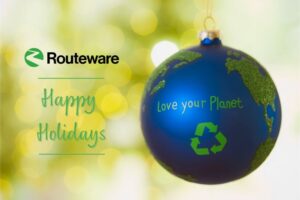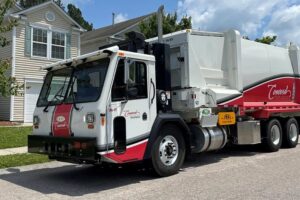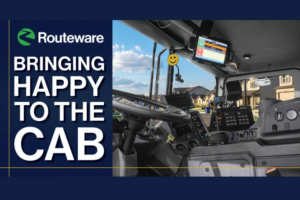An Introduction To “Going Digital”
Rushed for time? Download this Guide and read at your own pace.
In 2019 building a digital culture means more than developing a solid waste website and equipping recycling trucks with GPS. Digital transformation relies on technology, yes, but the focus is never on the tools at hand: Instead, a mature digital culture in a municipal solid waste environment focuses on the resident. It asks – and answers – important questions such as these:

How do people get information about
recycling and solid waste programs?
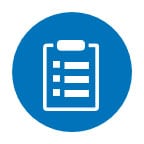
How do solid waste staff measure and report goal-related progress in other areas? Where do these measurements come from, who shepherds them, and what are the costs associated with the process?
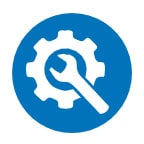
How do solid waste staff members measure how effective their communications are? Then, how do they fix the problems that measurement brings to light?
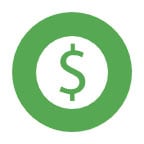
How do they convert legacy (analog) systems and processes without disrupting services and keeping within budget?
As an April 2019 article from Gov- Fresh describes it, “digital transformation is not all about technology; it is about the way you work. (It’s) about building a new type of organization around Internet principles, not adding technical complexity to try (to) fix analog organizations. It means changing how an organization runs itself in the background at least as much as changing what its users actually see.”
Who Is “Going Digital”?
In the public arena, entities from small municipalities to nations are working toward agile transformation to help them make more informed decisions with data and to better serve citizens through positive interactions that foster trust and ongoing engagement.
For example, the United Kingdom in 2011 formed the Government Digital Service (GDS) to help other government departments implement the national “Digital Default Strategy” that draws many methods from private-sector technology firms. The resulting culture shift has helped government offices continue to provide necessary services even in the face of tighter budgets (15 percent on average) and a smaller civil service (18 percent), according to a 2015 GDS report.
For municipalities in North America, the digital shift often begins on the inside as departments such as solid waste grapple with leaner budgets, greater competition when seeking qualified staff and increased resident expectations around digital engagement, according to the 2013 McKinsey & Company article, “Government by design: Four principles for a better public sector.”
The Case for Digital Transformation
Digital transformation can be an uphill battle for municipalities, which traditionally have been slow to change.
However, according to a 2018 McKinsey & Company report, digital culture is necessary for any organization seeking sustainability: “Surviving and thriving in today’s digital environment requires all types of organizations to make a fundamental shift toward agility. Doing so results in growth, budgetary health, resident satisfaction, and staff engagement.”
For solid waste departments, the move to digital can encompass all aspects of operations, from the curb to the depot. It represents incredible opportunities to increase efficiency, reduce costs, enhance worker safety, meet local and federal requirements (among others), engage with staff and educate residents. Increasing diversion and lowering contamination, for recycling programs, represent other important opportunities.
To seize these opportunities for a brighter future, solid waste managers must be willing to lead their departments on the digital journey by transforming not only the technology they use but also the way they think about it.
According to the report, “more than any other factor, the key to a successful agile transformation is for leaders, particularly senior leaders, to develop substantially new mind-sets and capabilities.”
Furthermore, managers play a crucial role in how staff react to digital evolution and whether they engage with that process and the new technology it brings.
According to Gallup, managers drive workplace culture and determine at least 70 percent of the variance in employee engagement. It bears noting, then, that effective solid waste managers can lead a departmental digital transformation through engagement by modeling Gallup’s top three characteristics for managers every day: respect, open and ongoing communication, and accountability.
Digital and the Future of Solid Waste
Current and emerging trends in solid waste and municipal populations will recast programs and resident expectations in the coming years, making digital recycling apps for your audience not just helpful but necessary. Consider the following shifts:
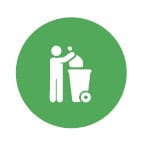
MORE WASTE
Following an established trajectory, solid waste managers can expect to see the tons they collect climb overall, creating greater program demand and more need for clear communication around program rules:
- Overall municipal solid waste grew from 11 million tons to over 262 million tons between 1960 and 2015. Over the same period, per capita generation rose from almost three to almost five pounds per person, per day, according to a United States Environmental Protection Agency (EPA) report.
- The global waste industry overall is expected to continue to grow by 20% between 2015 and 2020, according to Statista.
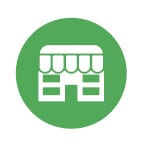
MARKETS AND MATERIALS FLUCTUATIONS
What residents discard, and where those materials reach a final disposition, is rapidly changing. Solid waste managers who have adopted a digital culture will be better positioned to handle shifts and affect positive change:
- The electronic waste stream continues to grow three times faster than other streams, now comprising about 70 percent of toxic waste in landfills, according to EPA.
- China’s 2017 National Sword program that placed restrictions on recycling continues to disrupt international markets. It also has prompted North American infrastructure improvements, such as increased domestic recycling capacity for paper, according to the Northeast Recycling Council (NERC).
- Despite current recycling initiatives, researchers expect to find more plastic in our oceans than fish by 2050, according to a 2016 World Economic Forum Report.
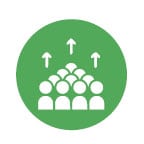
POPULATIONS: GROWTH AND DIGITAL UPTAKE
Cities are growing while becoming younger and more diverse:
- By 2050, two-thirds of the world’s population will live in cities, representing more than 10 percent population growth in urban areas, according to a United Nations report.
- As digitally savvy Millennials overtake Baby Boomers as the largest generation (76 versus 74 million), municipalities with a digital culture will reap the greatest benefits by connecting with these digital natives who turn to online tools for interacting with local governments and services first, according to a Washington Post special report.
Digital Adoption & Attitudes by Generation*
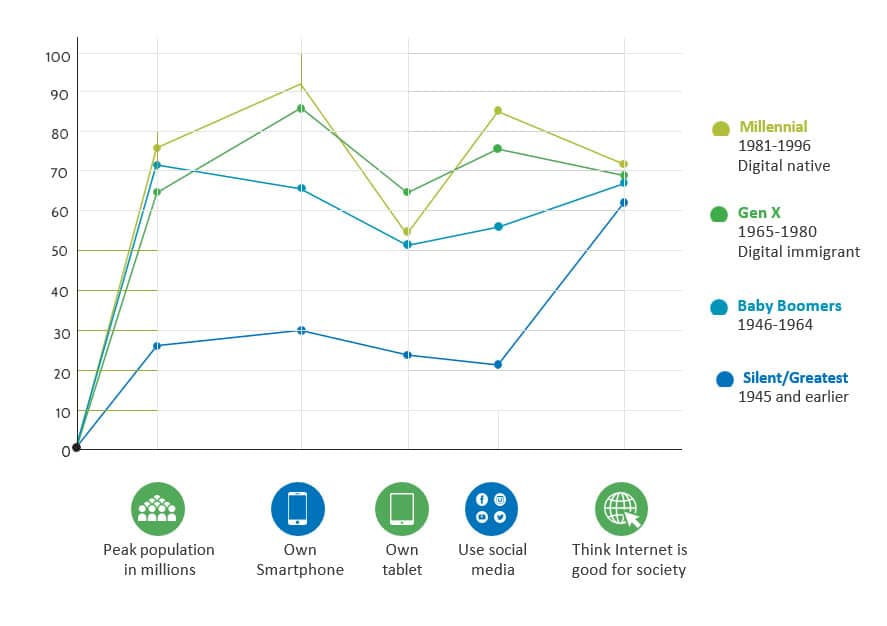
Amid rapid industry changes, overall growth in waste, environmental concerns and population shifts, solid waste managers have much work to do. Embracing digital culture sooner rather than later can lighten the load.
Getting Started
Clearly the transformation to a digital culture cannot begin soon enough, and the best way to get started is to focus on a small number of activities, according to “Digital by default: A Guide to Transforming Government,” by McKinsey Center for Government. According to the Guide, by focusing first on activities that generate complaints, and/or that consume a lot of resources, your department will be able to realize gains quickly by implementing digital solutions:
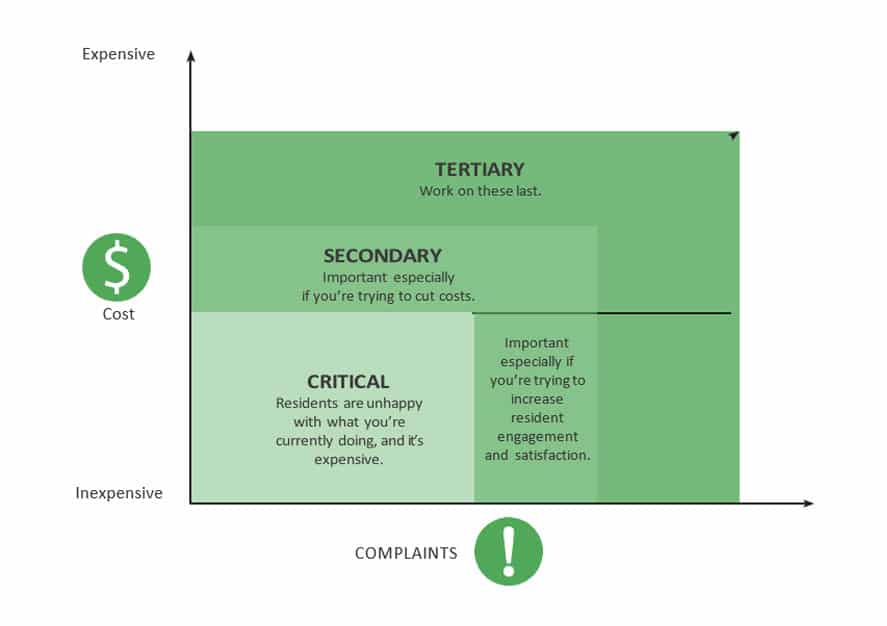
Building a Baseline
Start by identifying a small number of resource-intensive activities that generate complaints or otherwise result in out-of-line costs. Unsustainable resident recycling behaviors, including “recycling” the wrong items or not participating in the program, would be included here and certainly point to the importance of building a baseline to measure improvements in recycling education.
To build the baseline, start by considering the data the department already has. As nearly every point along the path traveled by solid waste today can serve as a node for data collection, it’s likely that you are gathering information about your program in multiple ways.
This can be harder in the beginning. The good news is, as a solid waste department continues its agile transformation, a primary benefit will be enhanced data collection and reporting. In turn, this creates a compounding uptick in the quality of goals and measures, leading to better decisions and outcomes.
Goal Setting: Examples from Education & Outreach
Stated another way, digital means better data, and better data means better goals. As you set goals to measure the success of your programs consider the SMART rubric. SMART stands for specific, measurable achievable and relevant. (the University of California provides a helpful how-to guide.) Here’s an example that uses implementing digital tools for recycling education as the subject:
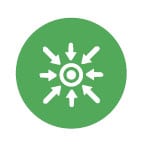
SPECIFIC
Instead of aiming to improve recycling education by implementing an online search tool, make the goal specific by aiming to increase website users month over month.
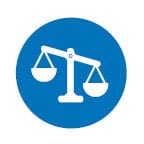
MEASURABLE
Using the previous example, aim to increase website users by 20% month over month with the addition of online digital tools.
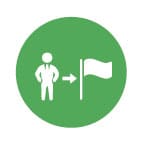
ACHIEVABLE
Perhaps an increase of 20% is too high. Instead, aim to increase website users by 5% month over month with the added functions.
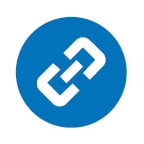
RELEVANT
This is a gut-check on the measure and the goal. Will measuring website users provide true insight into the real issue? The real issue might be addressing contamination or encouraging the recycling of specific materials often found in the trash. Perhaps a secondary measure would shed more light on the issue.
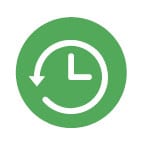
TIMELY
Is your plan time-based? Does it fit within your budgetary timelines? Whether your goal is to increase diversion by 10% annually or launch a new organics program for the new year, choose a time-frame to accomplish your goal.
Strategic Transformation
Over time digital culture alters the basic assumptions and choices that a government or department makes about how to pursue its goals, according to the McKinsey Guide. It also usually changes goals themselves, as well as the process that births them. Most organizations find that traditional, annual planning sessions no longer suffice. In fact, according to one private industry executive quoted in Chief Executive, “organizations should engage in strategic dialogue on a quarterly basis to address digital, and have a ‘two-speed’ strategy to address both shorter- and longer-term goals.”
Aligning Digital
The overarching goal of creating a digital culture, of course, always transcends the technology itself and even the invaluable data it provides. Especially for service-oriented departments such as municipal solid waste, the resident must be the nexus, according to virtually every government resource with anything to say on the topic.
A mature digital culture focuses on the resident by aligning its people and actions toward smarter goals that are fully informed by digital capabilities. Moreover, a solid waste department that embraces digital culture can lead the way for other departments within a municipality to do the same.
Conclusion
Digital transformation benefits everyone: Not only do residents prefer digital interactions done well, but digital cuts costs and improves efficiency, too, according to a report on digital customer care.
Digitally capable municipalities and departments are more agile and better prepared to remain sustainable and serve residents, even in an uncertain solid waste environment fraught with rapid changes.
Transform Your Solid Waste Collection Calendars
WHAT TO DO:
Rather than print and mail resource-intensive collection schedules, implement a digital collection calendar that residents can access online and via a smartphone app or website, such as the one provided by ReCollect Systems. Setup is a breeze, and if you need to make a change to the schedule, you can do so in real-time without incurring any costs.
WHY IT MATTERS:
Austin (Texas) Resource Recovery saved $66,000 per year when they nixed printing and mailing paper recycling calendars, which a report had shown only seven percent of customers were using, according to a 2017 newspaper article.
Stay on Top of Preventative Maintenance Schedules and Team Tasks – Digitally.
WHAT TO DO:
Keeping track of vehicle and equipment maintenance, as well as ongoing daily and weekly tasks in the office and shop, is no job for pen and paper. Switch yourself – and your staff – to a simple, app-based to-do list manager and watch as staffers complete tasks and check them off, adding any necessary notes, right on their phones. Trello offers a well known and dependable free option, and Google Cloud is extremely cost-effective for sheets, documents and space.
Another low-cost option is Asana, which also provides a free version for teams just getting started with project management software.
WHY IT MATTERS:
A shared to-do list reduces unnecessary communication in the form of phone calls and e-mails to staff, increases accountability among team members and eliminates the need to store binders of paper maintenance logs, all while simplifying reporting and making it easier to demonstrate compliance.
Hold Fewer Meetings. When You Do Meet, Use Digital Tools to Save Time and Mileage
WHAT TO DO:
When pulling staff from different facilities for a meeting, many solid waste managers still rely on the face-to-face approach. But when your team is strapped for time and the department is equally challenged by budget constraints, it pays to eliminate meetings without a clearly defined purpose and then decide which meetings may be handled using digital tools such as Zoom, Google Hangouts, GoToMeeting or Skype to save on staff mileage and travel time.
WHY IT MATTERS:
Most people spend about 23 hours a week in meetings instead of working on other tasks. And the average cost per person, per-face-to-face meeting, rings in around $400, according to a study by Verizon Business. (The Harvard Business Review lets you estimate your true meeting cost with an online calculator.)
Modernize Your “What Goes Where” Information to Help Residents Find What They’re Searching For
WHAT TO DO:
Replace lengthy lists of what belongs in which solid waste stream — which no one has time to read — with real-time, accessible information in both mobile app and website formats.
WHY IT MATTERS:
Consider the 1-5-50 rule proposed by The Recycling Partnership, which suggests that residents can absorb one idea from a billboard or radio message and five ideas if you’re presenting in person. For those longer lists of 50 or more, you should provide a searchable, online database to help people dispose of waste properly without calling your office to ask whether egg cartons belong in the trash or recycling. By crafting clear, concise messages around 1-3 materials at a time that help residents understand why their actions matter
— and sharing these messages across resident touchpoints, including website and social media — you can reap positive results at the curb. And, as always, thank participants when they do the right thing!



